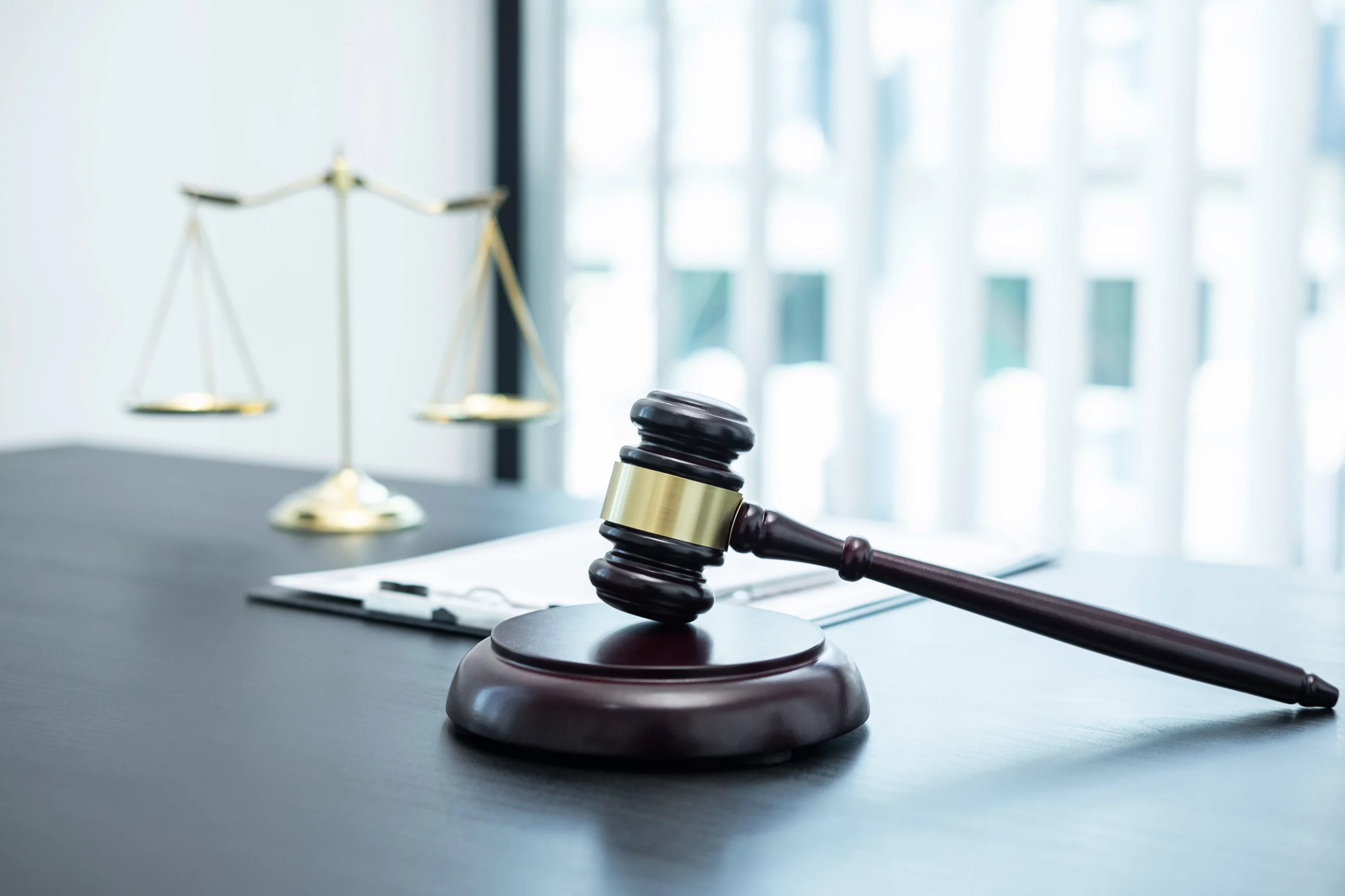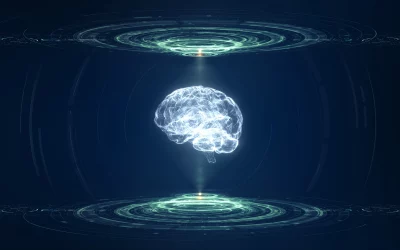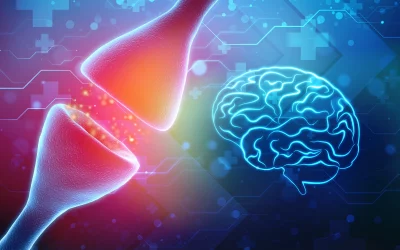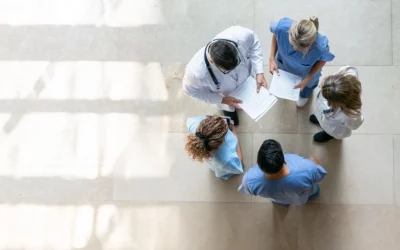A traumatic brain injury affects 1.5 million Americans each year, according to the Brain Injury Association of America (BIAA). It is also expected that 50,000 people would die as a result of the injuries. As a consequence of traumatic brain injury, 5.3 million Americans have pre- existing conditions.
Cognitive, physical, emotional, and financial issues might all be present. Short- and long-term memory loss, concentration impairment, and communication problems are all possibilities.
Seizures, persistent headaches or migraines, speech abnormalities, loss of smell or taste, and balance issues are all possibilities.
Traumatic brain injury (TBI) causes neuropsychiatric issues that may significantly reduce a person’s quality of life. Furthermore, new research has shown that recurrent concussions, a kind of TBI, may result in neuropsychiatric issues years or even decades after the hit, a disease known as Chronic Traumatic Encephalopathy (CTE).
THE COST OF NEUROPSYCHOLOGICAL DISORDERS OVER TIME
Those who have experienced neuropsychiatric problems due to a TBI or illness that has hurt the brain may be required to seek the assistance of medical and psychological professionals to help them cope with their problems and rehabilitate them to regain at least some of what they have lost.
This might include speech and physical treatment, as well as emotional counseling and job retraining. Furthermore, these persons may need specific equipment to help them accomplish essential life duties such as stair climbing and even walking. All of these requirements come at a significant financial expense.
When these expenses are added to the revenue lost throughout a person’s lifetime due to their inability to work in their chosen sector, the total becomes staggering. This is on top of the original medical expenses. That is why it is critical for anybody who has suffered neuropsychological issues due to someone else’s carelessness to seek the advice of a qualified brain injury lawyer.
WHAT CAUSES TBI AND HOW DOES IT HAPPEN?
An abrupt collision to the head, strong shaking of the head, brain rotation inside the head, or a penetration of the skull may all cause traumatic brain injury. The damage to the brain might be localized or widespread, affecting a large area of the brain.
Brain damage may be detected immediately or after it has happened. CTE, on the other hand, can only be identified posthumously at an autopsy. When neuropsychiatric difficulties arise due to a traumatic brain injury, there is always the chance of future re- hospitalization, which may be extremely expensive.
GETTING A LAWYER FOR A BRAIN INJURY
An expert brain injury lawyer understands the long-term consequences of TBI-related cognitive issues. He or she will aggressively pursue the greatest amount of compensation for past and future medical expenses, lost income, pain and suffering, impaired quality of life, and, in certain situations, punitive damages.
Unlike some legal companies that want to settle fast for a quick profit, a competent brain injury law company has the means to pay for the costs of litigation up front and the commitment to go the extra mile to get the best possible outcome.
ADDITIONAL RESEARCH DEPRESSION
Depression is by far the most prevalent mental complication of traumatic brain injury, with prevalence estimates “reaching over 50%.”
Furthermore, patients are at risk for depression during the acute period of the injury and for decades after that, when their risk remains high.
Jorge and colleagues discovered a significant depression in 33 percent of 91 traumatic brain injury patients. They also found that 76.7 percent of people had comorbid anxiety, and 56.7 percent had aggressive conduct. A total of forty of their patients had suffered a mild traumatic brain injury (mTBI), with the other patients suffering from moderate to severe damage.
After an injury to the orbital frontal cortex, Mah and colleagues discovered social perception abnormalities. These modifications made it difficult for the patients to appropriately assess emotional facial expressions.
Levin and colleagues recently looked at a group of 125 people who had mild traumatic brain damage. When they looked back at their previous research, they found that one year after a minor traumatic brain injury, 17 percent of people had significant depression.
They found an increase in the frequency of depression with age, and that incidence rose by a factor of seven depending on whether aberrant CT results on brain imaging were present.
The following are some of the differential diagnoses for depressed symptomatology after a brain injury:
Depressive mood and adjustment problem Dysthymia
Apathy and emotional lability caused to frontal lobe syndrome Major depressive disorder
Suppose depression or mood disorder is shown to be related to brain damage. In that case, it should be classified as “a mood disorder attributable to a general medical condition (brain injury)” in the DSM-IV- TR.
Clinical interviews or standard checklists such as the Hamilton or Beck Depression Inventory may screen for depressing illnesses.
Treatment for depressive illness caused by mTBI is similar to that for mood disorders not caused by trauma. Because wounded persons may be suffering from both pain and a mental condition, addressing sleep issues as a result of pain should be a priority as part of the overall treatment of mood disturbance and psychiatric disorders in general.
Moldover and colleagues have proposed that depression is a complex condition with several etiological paths. They provide therapy alternatives and ideas for differential diagnoses.
Some of the most useful recent papers are Turner-Stokes and MacWalter, who give recommendations for screening, diagnosing, and treating depression in the setting of brain damage. They also provide advice on how to monitor and assess therapy and whether to seek official psychiatric help.
As part of the British National Guidelines initiative, the same writers have written a more extensive evaluation. There are a variety of replicable practical items offered, including patient information sheets. One of these tools is the flow chart shown in the following Figure.
BIPOLAR DISORDER IS A MENTAL ILLNESS THAT AFFECTS PEOPLE IN
Bipolar illness following a brain injury is thought to be exceedingly infrequent. Sayal and colleagues present a case of bipolar damage with minor lesions in the right amygdala, right putamen, and right pituitary gland after mTBI.
All of these illnesses are treated using therapy regimens designed for people who aren’t brain- damaged. However, there are no randomized controlled studies of psychotherapy or medicines in the brain- damaged population.
Patients in the early phases of injury rehabilitation will benefit from psychoeducational techniques and supportive psychotherapy. Although it must be recalled that the brain damage itself may have negatively impacted cognition, cognitive-behavioral therapy is likely to be the treatment of choice. The antidepressants of choice are serotonin reuptake inhibitors.
ANXIETY DISORDERS ARE A KIND OF ANXIETY CONDITION.
According to the DSM-IV-TR, generalized anxiety disorder, social anxiety disorder, posttraumatic stress disorder, obsessive-compulsive disorder, and panic disorder all have higher incidence after brain trauma.
The illness might be caused by the brain damage itself or after trauma-related life events. In certain situations, the illness is caused by particular brain damage. This is especially true in the case of obsessive-compulsive disorder, which is linked to subcortical lesions.
The re-experiencing of memories connected with the trauma is a symptom of posttraumatic stress disorder (PTSD). PTSD is more frequent in people with mTBI than in severe brain damage because they have shorter periods of amnesia linked with the accident. As a result, those who have deep amnesia at the time of a traumatic event have some, but not complete, protection from developing PTSD.
Anxiety problems after traumatic brain injury were examined by Hiott and Labbate. They cite several studies with high rates of PTSD. However, they point out that the emotional reactivity criterion accounted for most of the re-experiencing criteria, not the present or traumatic memories or nightmares of the accident.
The amygdala, hippocampus, and other limbic regions have been implicated in PTSD neuroimaging investigations. Damage to these areas of the brain may potentially predispose people to PTSD and other anxiety disorders.
Grado has examined the diagnosis and management of anxiety disorders, notably obsessive- compulsive disorder, after traumatic brain injury. Case reports make up a large part
of the literature. According to Grados, obsessive-compulsive symptoms after a brain injury are probably more prevalent than most people think. The majority of symptoms appear early on.
PSYCHOSIS AS A RESULT OF A SEVERE BRAIN INJURY
Psychosis is more common after serious brain injuries, although it has also been documented after moderate traumatic brain injuries. Arciniegas and colleagues present a comprehensive differential diagnosis and therapy recommendations for traumatized psychosis.
Antipsychotic medication should be provided generally, commencing at one-third to one-half of the initial dosage recommended in non- brain-injured mental patients.
Following mTBI, McAllister and Ferrell found a link between the development of psychotic symptoms and injury to the orbital frontal, temporal, and basal ganglia. They also have an excellent set of therapy recommendations. Risperidone, olanzapine, and quetiapine are the typical neuroleptic drugs recommended.
CHANGES IN PERSONALITY
Families usually remark that the most distressing side effect of brain damage is a personality change. Personality changes are most likely part of the frontal lobe syndrome, caused by direct injury to the frontal lobes. Injury to the orbital frontal area causes disinhibited symptoms, disordered syndromes cause damage to the dorsal lateral region, and apathetic personalities cause damage to the medial frontal zone.
The ability to determine if a patient’s personality has changed after a traumatic brain injury relies mainly on family collateral information on how the patient was before the accident. Patients themselves may not be aware of slight changes in their personalities.
These alterations would be classified as “personality change owing to a general and medical disease” in the DSM-IV-TR. Labile, disinhibited, aggressive, apathetic, paranoid, and mixed presentations are among the subtypes listed in the DSM-IV-TR.
Individuals with personality changes as a result of a brain injury are more resistant to therapy. Symptoms of a concussion
Fatigue, disrupted sleep, headache, dizziness, irritability or aggressiveness, emotional lability, personality changes, and apathy or lack of spontaneity are common symptoms in people with a concussion or mTBI. These characteristics are included in the DSM-IV-TR description of the post- concussion disorder.
However, the condition is not recognized as an official diagnosis due to a lack of evidence. These symptoms are typical in the general population and trauma sufferers who have not experienced brain damage or concussion.
Rees has addressed this medical debate in depth and advises that the term “chronic postconcussive syndrome” be dropped.
By three months, the great majority of people with mild traumatic brain damage have recovered from their symptoms. In a comprehensive study of concussed athletes, all of the symptoms were completely resolved within three months, and in most instances, within seven days.
CHANGES IN COGNITION
Individuals with alterations in their cognitive ability are prevalent after traumatic brain injury. Changes in attention, memory and executive function are commonly noted. Intelligence is largely resistant to brain damage, and moderate traumatic brain injury is unlikely to impact it.
The general practitioner’s or psychiatrist’s responsibility is to detect cognitive abnormalities and make an appropriate referral to a neuropsychologist for documentation.
Attention problems after mild traumatic brain injury have lately been labeled “secondary attention- deficit hyperactivity disorder,” Specific measures for monitoring attention after mTBI are still being developed. Suppose attentional issues are discovered after mild traumatic brain injury.
In that case, techniques used for testing and diagnosing attention-deficit hyperactivity disorder in children and adults should be utilized in the lack of better instruments. The Wechsler Intelligence Scale for Children (WISC) or the Wechsler Adult Intelligence Scale (WIAS) digit span may be affected in affected persons (WAIS).
The use of psychostimulants to treat inattention is becoming more widely accepted. Patients with attentional problems have been shown to benefit from standard doses of methylphenidate and dextroamphetamine. Still, the longer-acting preparations Adderall-XR (dextroamphetamine) and Concerta (methylphenidate) are the current medications of choice because they are taken once a day and last for 12 hours, thereby improving compliance.
DISTURBANCE OF SLEEP
Sleep disturbances are a typical symptom of both mood and anxiety disorders. Furthermore, one of the most typical manifestations of trauma, especially motor car trauma, is the development of pain, leading to sleep disturbances, leading to a mood disruption. Poor sleep may have a severe impact on cognition, thus treating sleep issues is vital when dealing with a patient who has had a brain injury.
Because there are no controlled studies on sleep problems after traumatic brain injury, doctors must depend on treatment options taken from the research on sleep disorders in general.
Patients should be urged to follow standard sleep hygiene guidelines, such as going to bed and waking up at the same time every day, exercising moderately regularly, and avoiding caffeine and other stimulants later in the evening. In the short term, benzodiazepines and other sedative-hypnotics like zopiclone may help
patients sleep; however, there is more evidence supporting sedating antidepressants like trazodone and amitriptyline for long-term therapy, especially in the context of mood disorders. Melatonin, an over-the- counter sleep aid accessible in British Columbia, has been shown to help with a broad range of sleep problems. The doses vary between 1.5 and 24 mg.
TREATMENT OPTIONS IN GENERAL
Lee and colleagues presented a paper on treating mental problems caused by traumatic brain damage. They point out that among the brain-injured population, research-based data are scarce.
However, they propose that doctors start low and move gently, that the clinical situation be continuously reassessed, and that augmentation techniques for incomplete responses be created. They provide therapy recommendations for each of the diseases addressed in this article. The following table contains an overview of the drugs they prescribe.
Summary Patients with moderate traumatic brain injury are more likely to develop conventional mental illnesses, specific personality changes, and cognitive impairments, especially regarding attention. All of these disorders need an initial examination and successful treatment by a primary care physician. In many circumstances, a psychiatrist will be referred for evaluation and therapy.
Warrior Car Accident Lawyers, has obtained several big financial awards for traumatic brain injury plaintiffs suffering from neuropsychiatric issues. Contact a brain injury attorney Warrior Car Accident Lawyers, for a free case review if you or a loved one has suffered a head injury. You might be eligible for a sizable monetary payout. Please contact us at 719-300-1100.












